In today’s world, environmental issues and conservation efforts have become crucial topics that demand our attention. From climate change and pollution to endangered species and habitat destruction, the challenges facing our planet are vast and complex. In this article, we’ll explore some eye-opening facts about these issues.
Deforestation

Every year, approximately 18 million acres of forest are lost globally, contributing significantly to climate change, loss of biodiversity, and soil erosion. Forests act as carbon sinks, absorbing CO2 from the atmosphere, and their destruction releases this stored carbon back into the air, exacerbating global warming.
Plastic Pollution

Over 8 million tons of plastic end up in the oceans each year, harming marine life, ecosystems, and human health. Single-use plastics, such as straws and bags, contribute significantly to this pollution, taking hundreds of years to decompose and often breaking down into microplastics that enter the food chain.
Climate Change
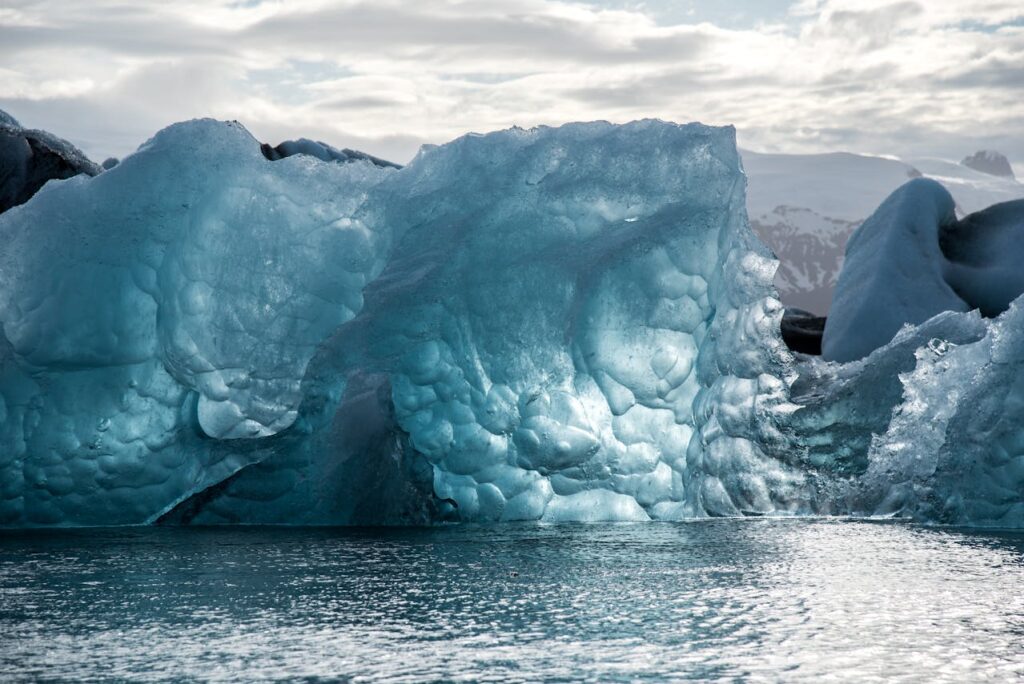
The Earth’s average temperature has risen by about 1.2°C since the late 19th century, primarily due to human activities like burning fossil fuels and deforestation. This warming trend leads to more frequent and severe weather events, melting glaciers and ice caps, and disruptions to ecosystems and agriculture.
Endangered Species
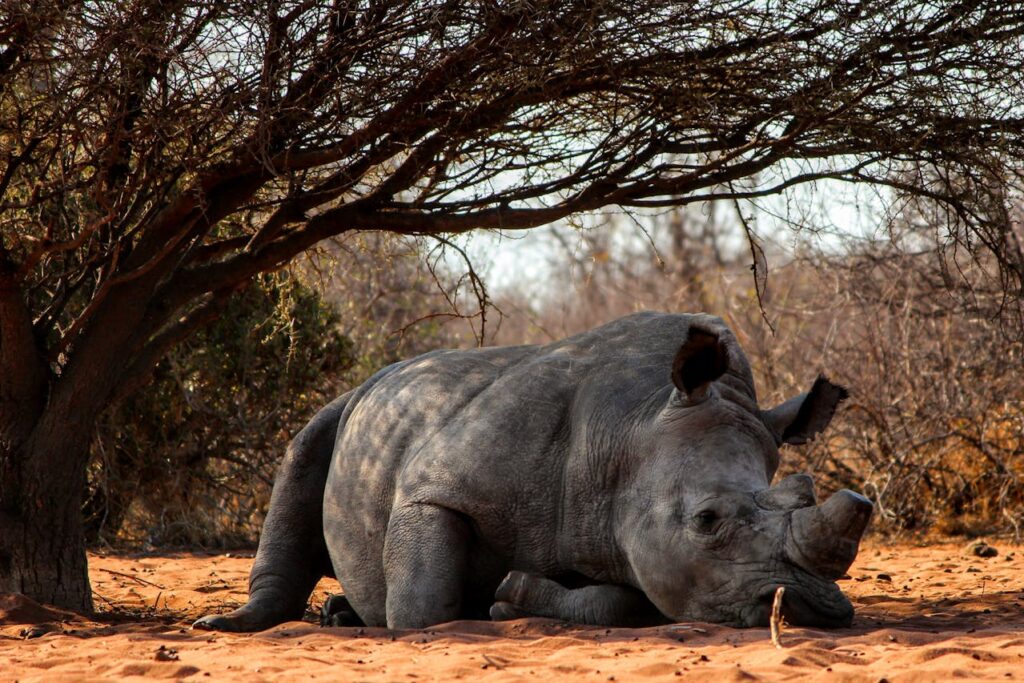
It’s estimated that around 1 million plant and animal species are at risk of extinction due to habitat destruction, pollution, climate change, and poaching. Loss of biodiversity not only affects ecosystems’ resilience but also threatens food security and human well-being.
Water Scarcity

More than 2 billion people worldwide live in areas experiencing high water stress, with factors like population growth, pollution, and climate change exacerbating this issue. Efficient water management, conservation practices, and investment in water infrastructure are essential for addressing this challenge.
Air Pollution
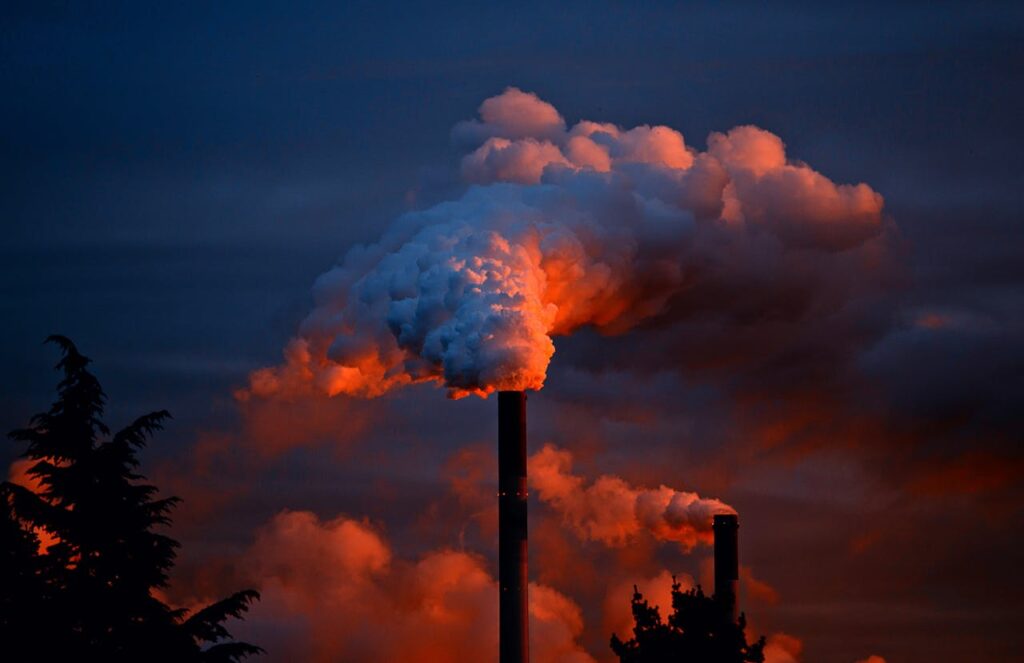
Air pollution, caused mainly by vehicle emissions, industrial activities, and burning fossil fuels, leads to respiratory diseases, cardiovascular problems, and premature deaths. Transitioning to cleaner energy sources and implementing stricter air quality regulations are crucial for public health and environmental protection.
Ocean Acidification

Increased CO2 levels in the atmosphere are absorbed by the oceans, leading to ocean acidification. This phenomenon harms marine life, especially coral reefs and shellfish, by affecting their ability to build and maintain calcium carbonate structures, crucial for their survival.
E-waste

The rapid growth of electronic devices contributes to a significant e-waste problem, with around 53.6 million metric tons generated globally each year. Improper disposal of electronic waste leads to environmental contamination from hazardous materials like lead, mercury, and cadmium, posing risks to ecosystems and human health.
Overfishing

Overfishing has depleted fish stocks worldwide, threatening marine ecosystems and the livelihoods of millions who depend on fishing for income and food security. Sustainable fishing practices, marine protected areas, and international cooperation are necessary to restore and maintain healthy fish populations.
Loss of Wetlands

Wetlands, such as marshes and mangroves, are disappearing at an alarming rate due to urbanization, agriculture, and pollution. These ecosystems play critical roles in flood control, water purification, and supporting diverse wildlife, making their conservation vital for environmental resilience.
Soil Degradation

Intensive agriculture, deforestation, and improper land management practices contribute to soil degradation, including erosion, nutrient depletion, and desertification. Healthy soils are essential for food production, water filtration, and carbon sequestration, highlighting the importance of sustainable land use practices.
Pollinator Decline
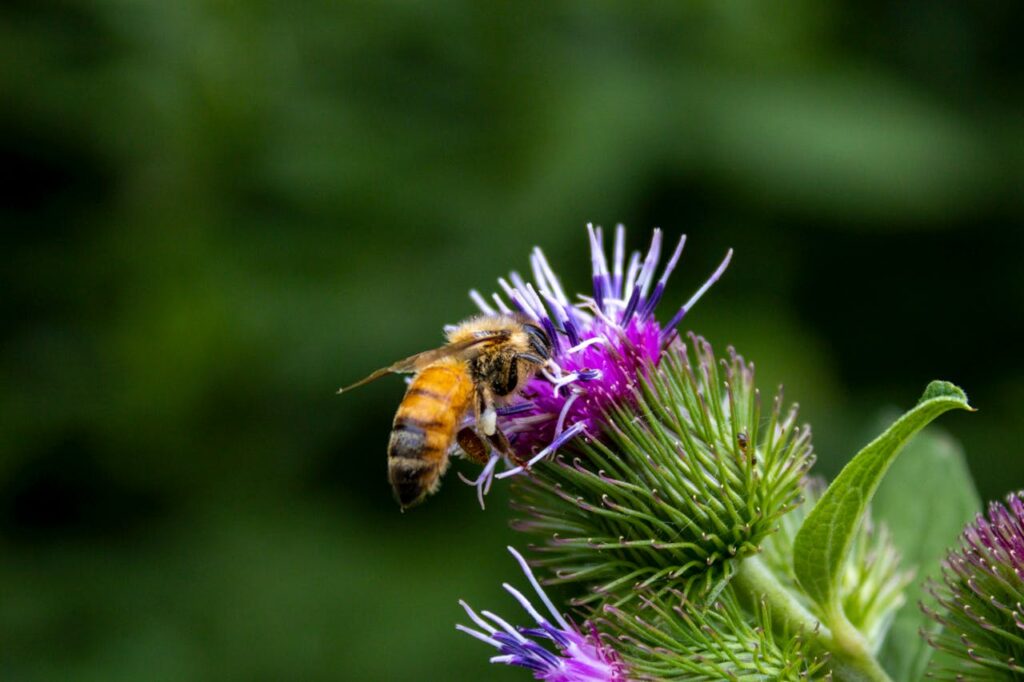
Bees, butterflies, and other pollinators are facing population declines due to habitat loss, pesticide use, and climate change. These pollinators are crucial for food production, as they facilitate the reproduction of many fruits, vegetables, and crops, making their conservation essential for global food security.
Urbanization

Rapid urbanization leads to habitat fragmentation, increased pollution, and higher resource consumption, putting pressure on natural ecosystems and biodiversity. Sustainable urban planning, green infrastructure, and promoting nature-based solutions can help mitigate these environmental impacts.
Renewable Energy
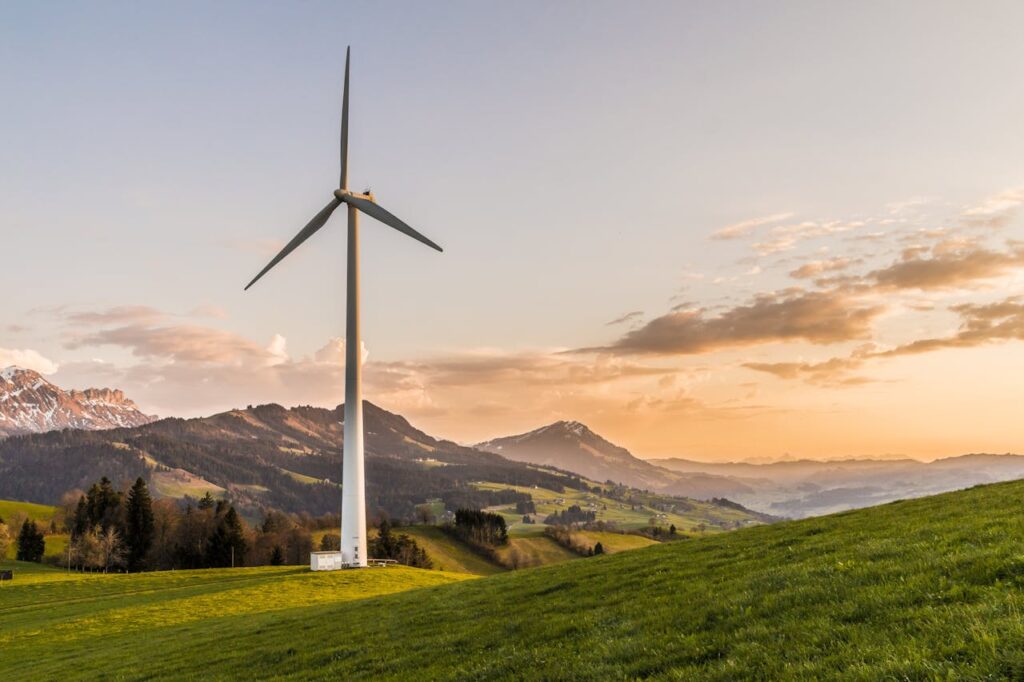
Transitioning to renewable energy sources like solar, wind, and hydroelectric power is essential for reducing greenhouse gas emissions and mitigating climate change. Investing in clean energy technologies and improving energy efficiency can create jobs, reduce air pollution, and enhance energy security.
Illegal Wildlife Trade

The illegal wildlife trade, valued at billions of dollars annually, threatens numerous species with extinction and fuels organized crime and corruption. Strengthening law enforcement, raising awareness, and supporting community-based conservation initiatives are critical in combating this illicit trade.
Food Waste

Approximately one-third of all food produced globally is wasted, contributing to greenhouse gas emissions, wasted resources, and food insecurity. Reducing food waste through better production practices, distribution systems, and consumer awareness can mitigate these environmental and social impacts.
Wildfires

Climate change has contributed to an increase in the frequency and intensity of wildfires, causing widespread ecological damage, air pollution, and loss of life and property. Implementing forest management practices, fire prevention strategies, and addressing climate change are essential for wildfire mitigation and adaptation.
Landfills
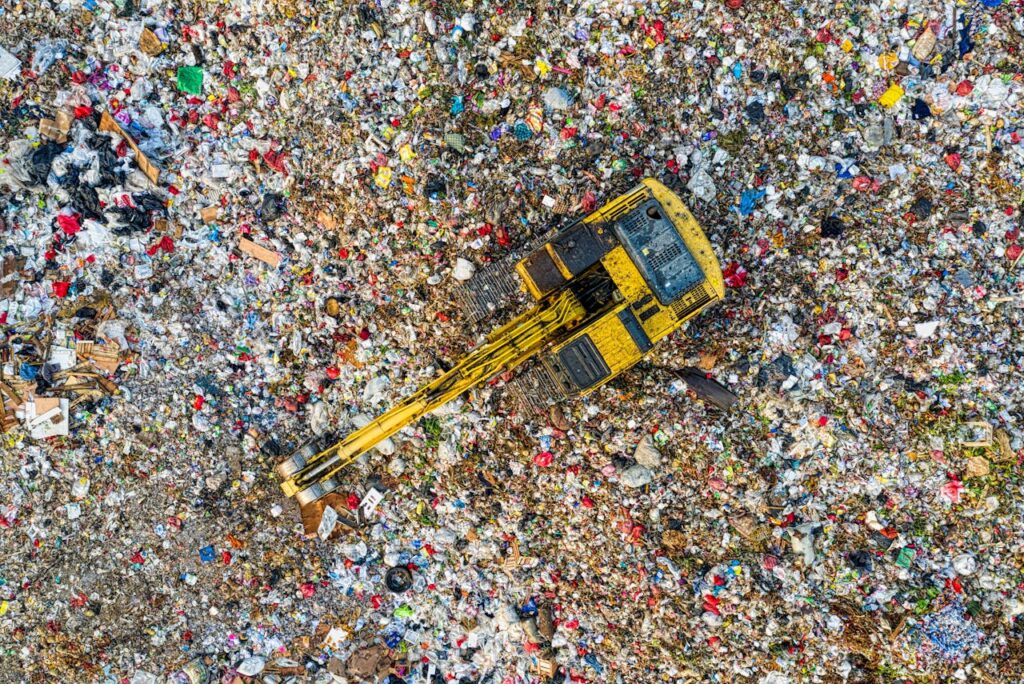
Improper waste management and reliance on landfills contribute to environmental pollution, greenhouse gas emissions, and land degradation. Adopting waste reduction, recycling, and composting practices, along with promoting circular economy principles, can minimize the negative impacts of landfills.
Carbon Footprint
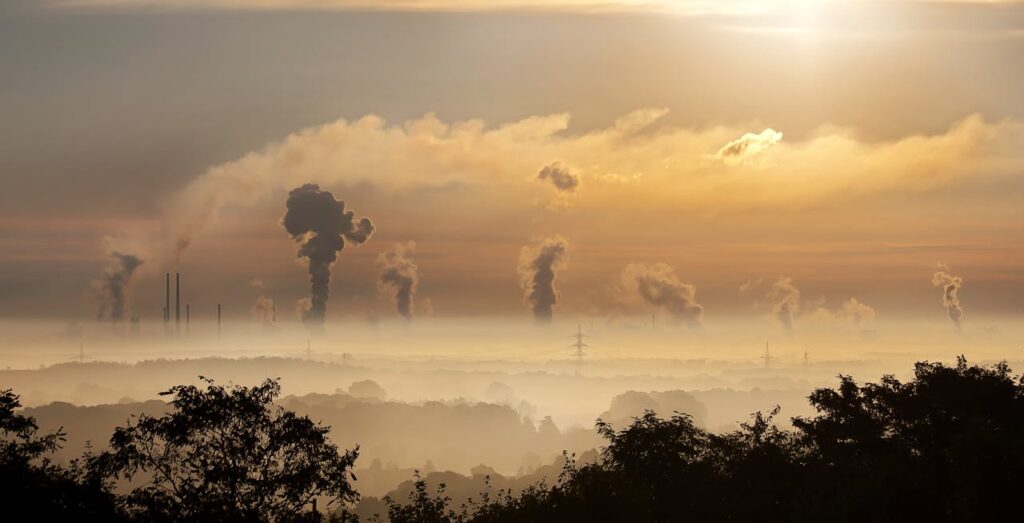
The carbon footprint of individuals, businesses, and nations reflects their greenhouse gas emissions from activities like transportation, energy production, and land use. By reducing carbon emissions through sustainable practices, renewable energy adoption, and carbon offsetting, we can mitigate climate change’s impacts.
Environmental Justice

Environmental degradation often disproportionately affects marginalized communities, leading to social inequalities and health disparities. Promoting environmental justice involves addressing these inequities, empowering affected communities, and ensuring fair access to environmental resources and protections.
Green Infrastructure

Investing in green infrastructure, such as parks, green roofs, and urban forests, can provide numerous environmental benefits, including improved air and water quality, reduced urban heat island effect, and enhanced biodiversity and ecosystem services.
Circular Economy

Transitioning to a circular economy model, where resources are reused, recycled, and repurposed, can reduce waste generation, conserve natural resources, and minimize environmental impacts throughout product lifecycles.
Youth Activism

Youth-led environmental movements, such as Fridays for Future and Extinction Rebellion, are playing a vital role in raising awareness, advocating for climate action, and holding governments and corporations accountable for addressing environmental issues and implementing sustainable policies.
This article originally appeared on UnifyCosmos.
More from UnifyCosmos
20 Underrated U.S. National Monuments Worth Visiting

Discover the hidden gems of America’s natural and historical treasures! While many people flock to famous spots like the Grand Canyon or Yellowstone, there are plenty of incredible places waiting to be explored that don’t get as much attention. Read More
15 Secret Trails for Hiking Enthusiasts in Europe

Venture into the heart of Europe’s hidden natural treasures with a collection of trails less traveled. Picture yourself wandering through lush forests, scaling majestic peaks, and uncovering secret valleys where the footsteps of the masses have not yet trodden. Read More
20 Signs of a Healthy Relationship

A healthy relationship is the cornerstone of a fulfilling and joyful life. It is characterized by mutual respect, trust, and open communication between partners. Read More
Leave a Reply